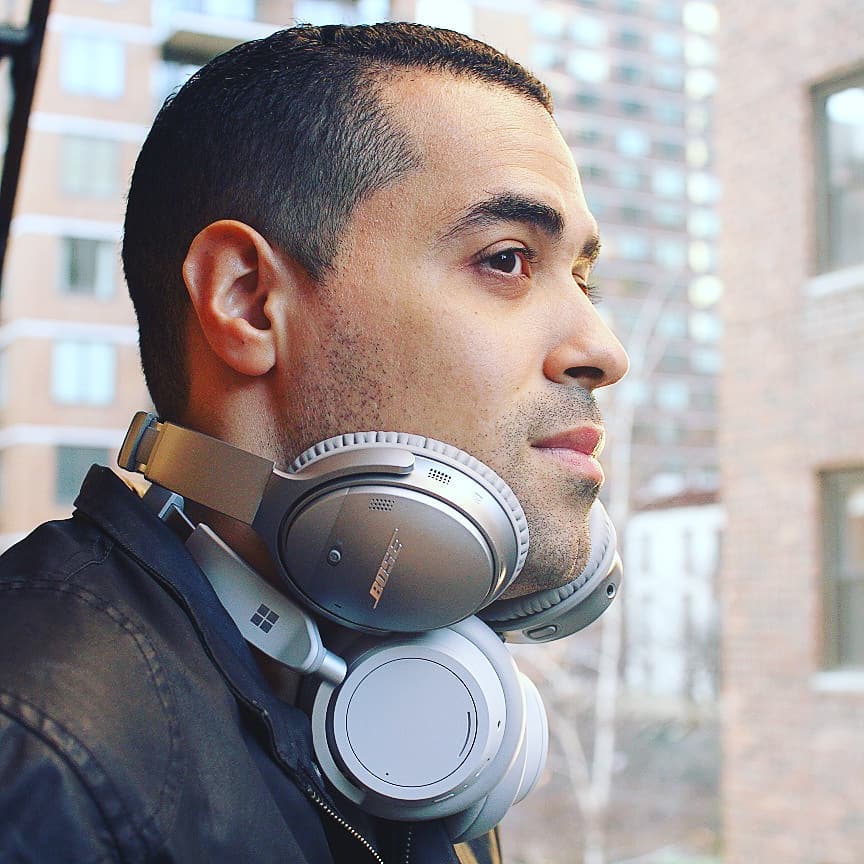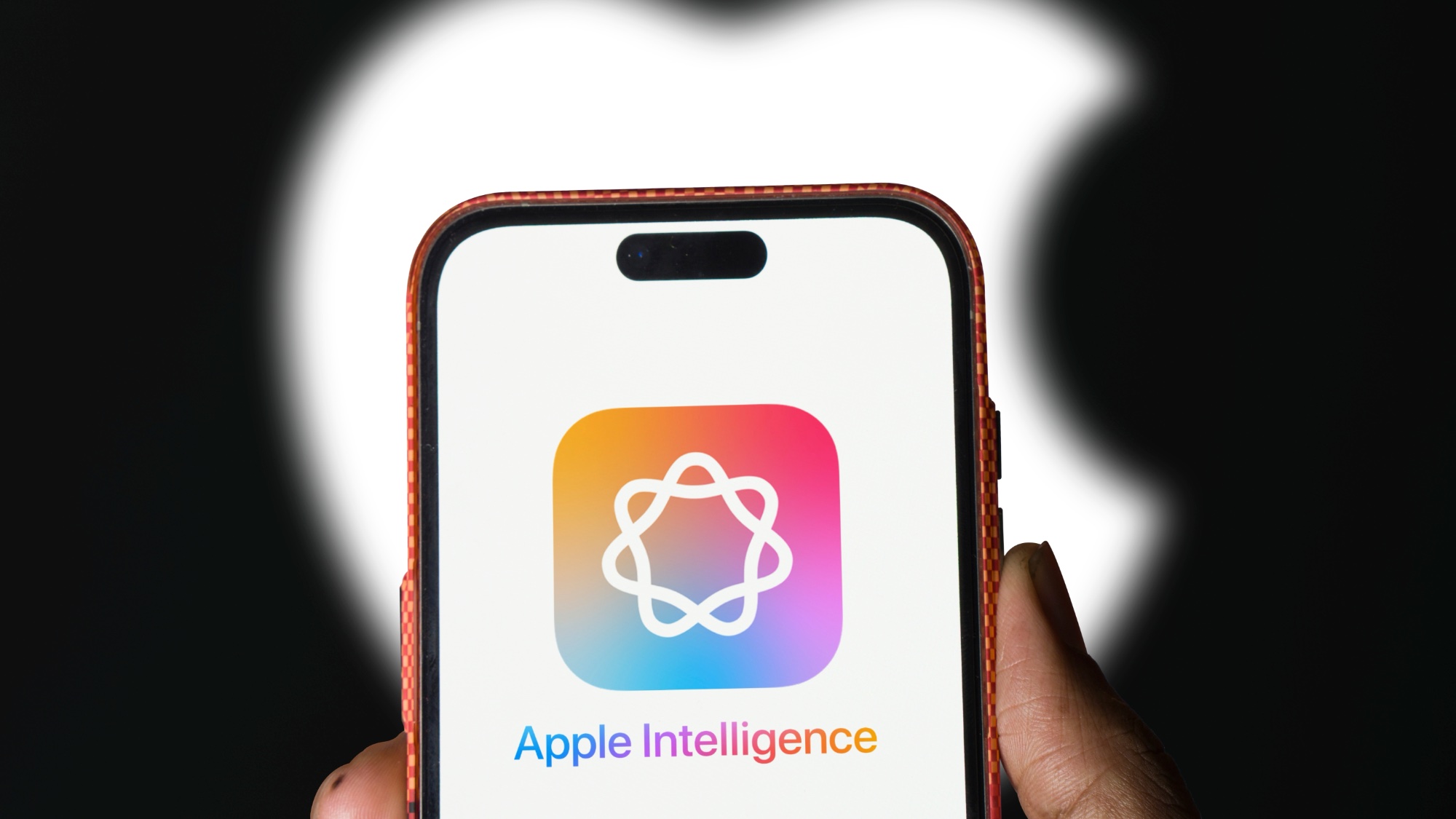5 lessons the AirPods Max 2 could learn from the Bose QC Ultra
Apple should look to Bose for next-gen AirPods Max inspiration
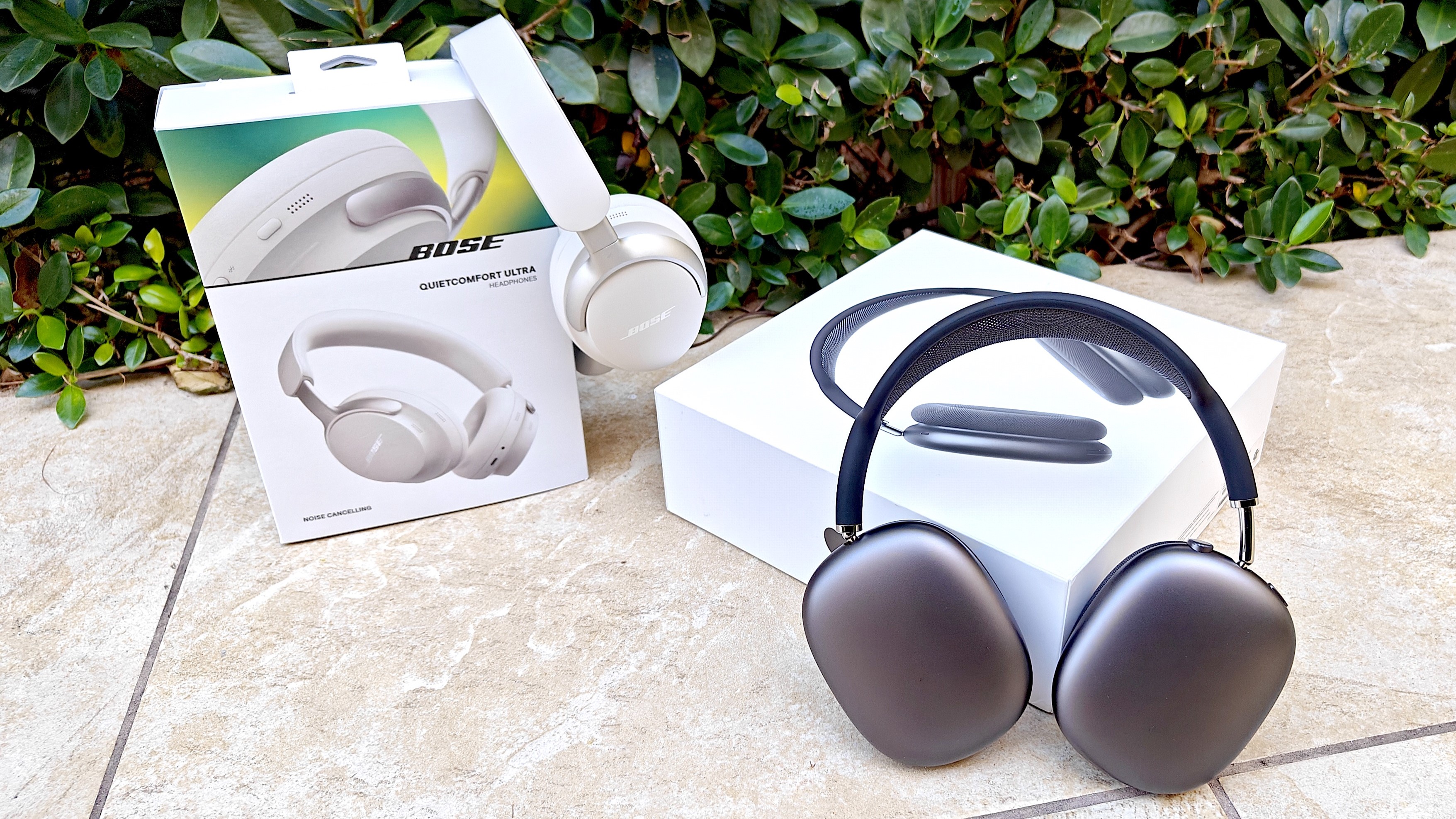
Apple's AirPods Max are a staple for headphones wearers looking for strong active noise cancellation, spatial audio, and wireless performance across all iOS/macOS devices. Launched in December 2020, their age is showing as they lack the popular features and upgrades found on newer releases. If there was a time to introduce the long-rumored AirPods Max 2, it’s right now.
Everything we know so far about the AirPods Max 2 comes from expert suggestions and insider reports, which are often hit or miss, depending on the source. What’s certain is that the sequel is coming. Until then, Apple has a lot to chew over, mainly what their biggest ANC competitor has accomplished. That opponent is Bose and their all-new QuietComfort Ultra Headphones.
Bose’s flagship has surpassed the excellent Sony WH-1000XM5 to become the best noise-cancelling headphones overall, backed by superb ANC, terrific 3D audio, and unique enhancements that other rivals should adopt for their next-gen models, including Apple.
If the Cupertino clan expect the AirPods Max 2 to be an indominable threat, then it’s time for them to step out of their comfort zone and take these few pages out of Bose’s handbook.
1. Make Spatial Audio universal
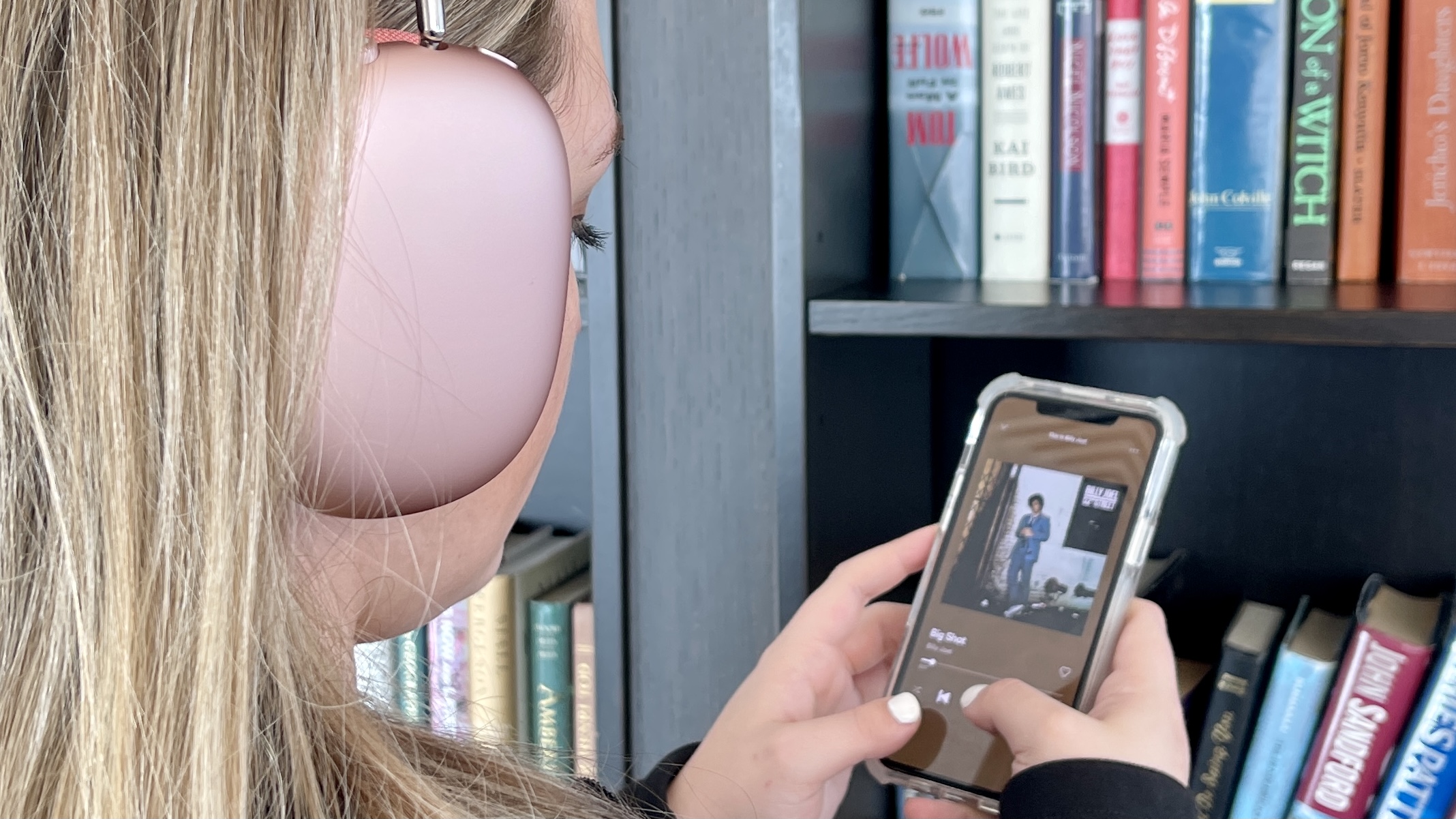
Bose introduced new tech to its QC Ultra Headphones called Immersive Audio, and it's a spatial audio game-changer. The technology works with all stereo content. That means all processing is done directly on the headphones, with no reliance on extra hardware, nor surround-sound technologies like Dolby Atmos. On top of that, it supports the best headtracking technology of any spatial audio headphone I've tried.
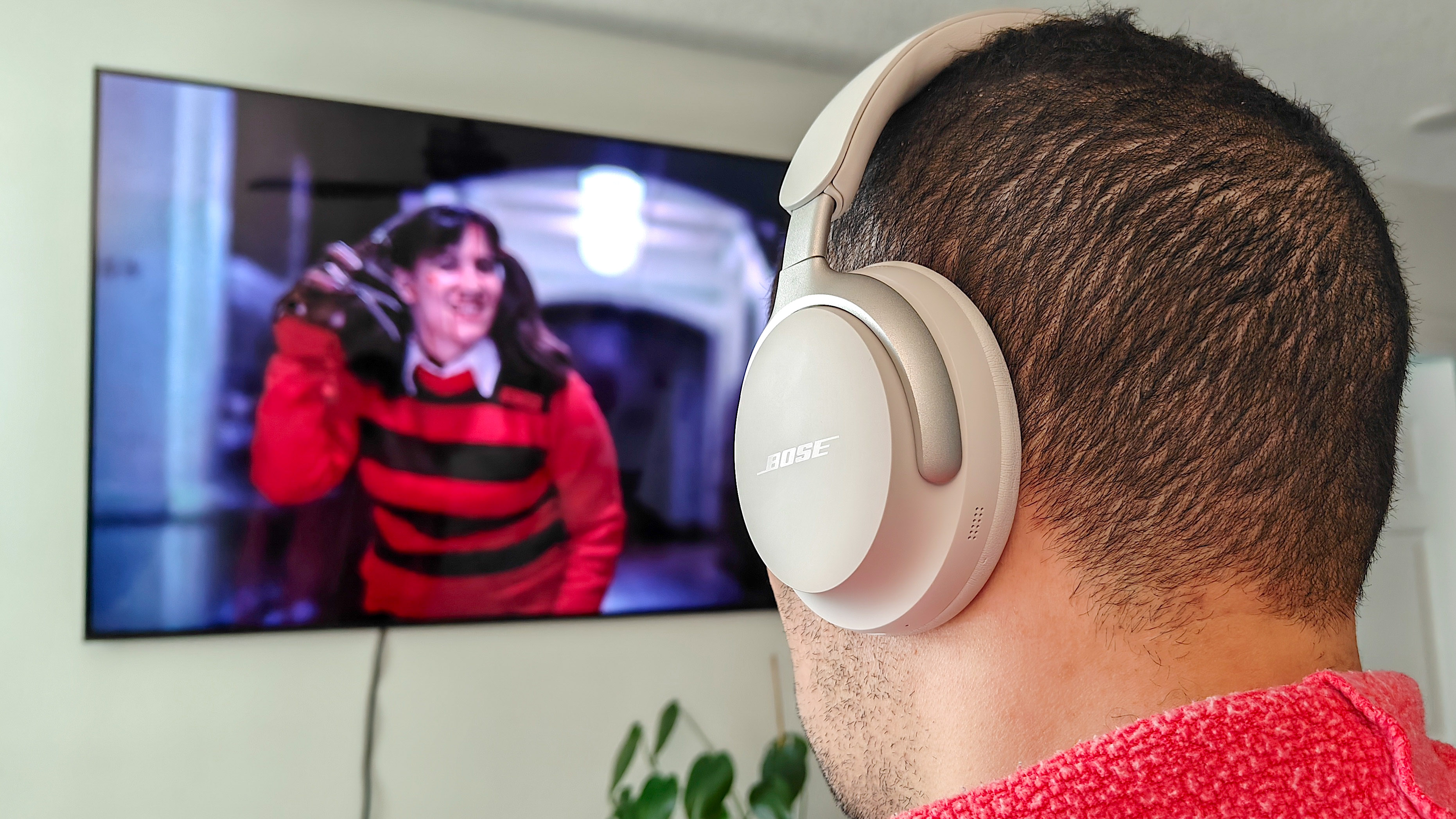
Apple’s spatial audio is still a top performer and outranks every other alternative not developed by Bose. However, the technology is more limited in use. It’s only compatible with Dolby Atmos content. For the AirPods Max 2 to leave a massive impression on media mongers, Apple must find a way to expand their 3D audio format to all content.
2. Get more creative with the physical controls

I love the dial. It’s a heavily underrated feature that Apple could have done so much more with. Then they hit a homerun when introducing touch volume controls on the AirPods Pro 2. Bose took this idea a step further and integrated a sleek and responsive volume strip on the QC Ultra that registers slide gestures for volume adjustment. Apple can either play it safe and add the AirPods Pro 2’s touch volume controls or do something more innovative like Bose. We recommend the latter.
3. Implement more traditional design features
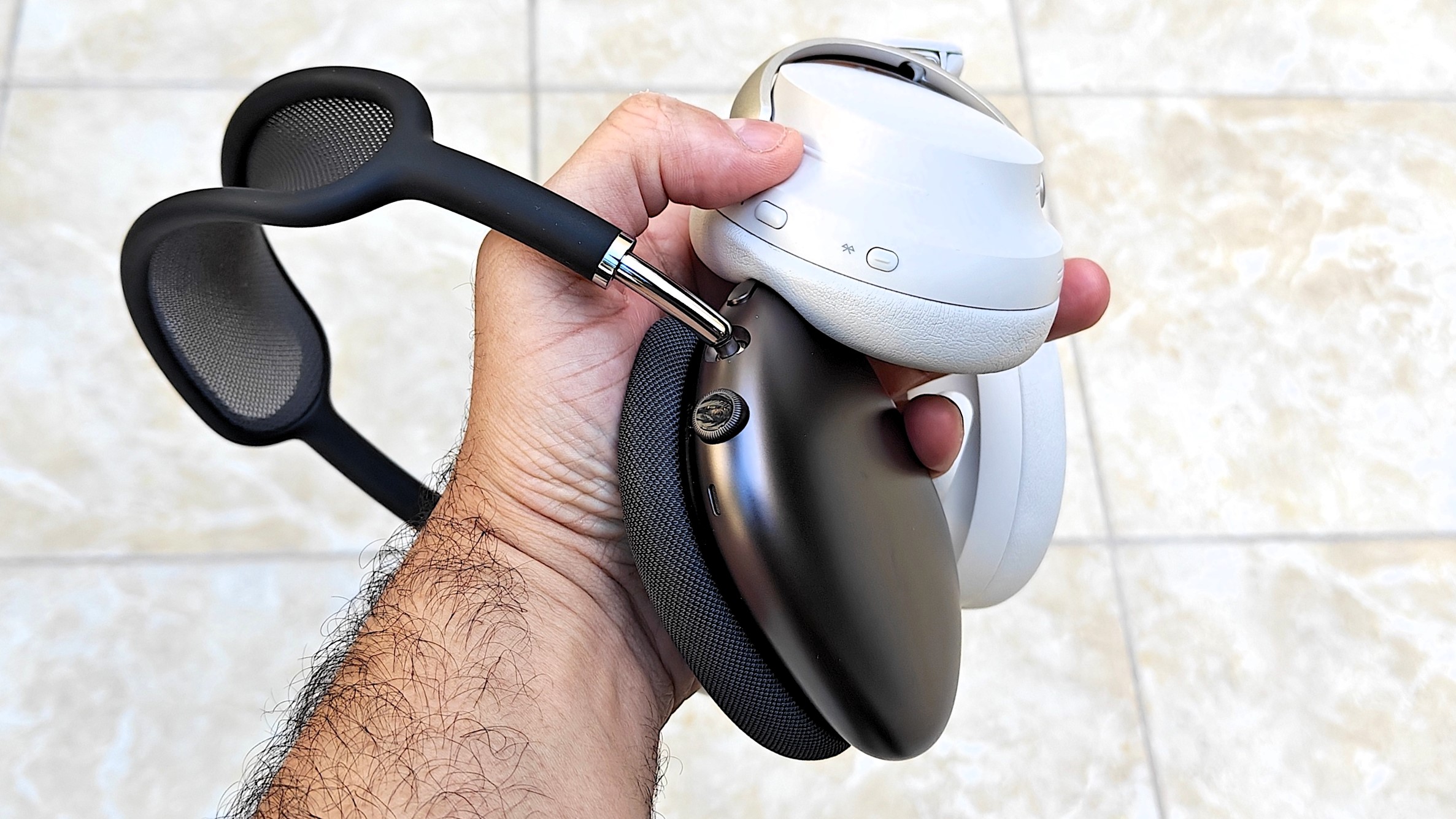
Everything about the original AirPods Max seemed ultramodern, from the aluminum earcups to the mesh headband to the unibody frame. Not to mention the magnetic smart case that was a clear attempt at drawing in fashion-forward Apple users. For all its ingenious traits, the AirPods Max’s design also lacks basic and practical elements.
For instance, the headphones are not collapsible. The earcups can pivot to the side, but that does little for portability. Bose learned the hard away about unibody designs via the 700 headphones, which despite being a visual stunner, received backlash due to their non-collapsible form. Bose fixed this on the QC Ultra and went for a more traditional, classy look.
Apple has the chance to do something remarkable by making the AirPods Max 2’s design collapsible, while maintaining its predecessor’s appearance. More importantly, ditching the poorly protected Magic Case for a zippered hard-shell case with mesh pockets will keep the headphones more secure.
4. Add third-party codec support
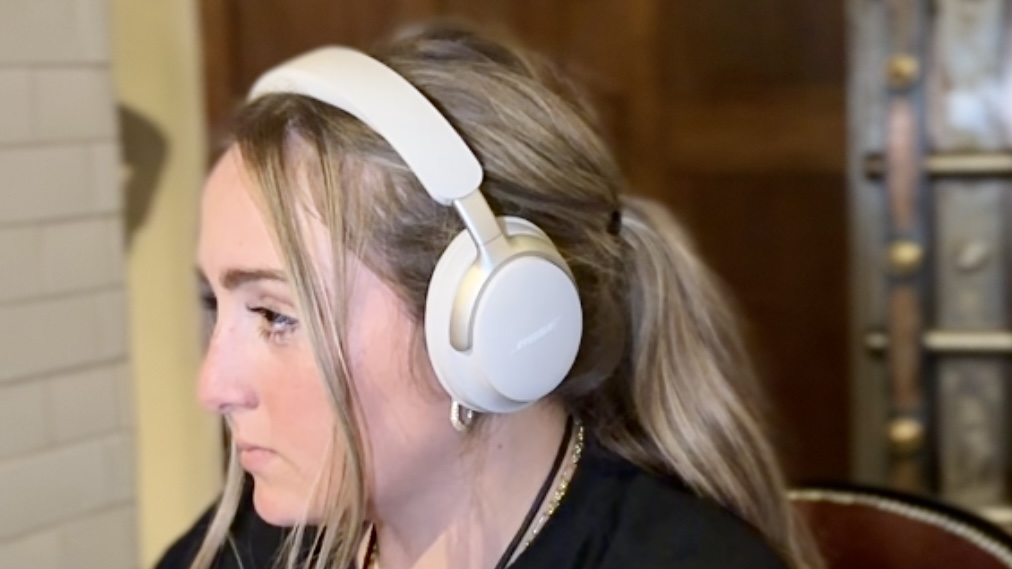
Apple’s commitment to ALAC (Apple Lossless Audio Codec) is holding back the AirPods’ wireless audio potential. The Apple Music catalog is “encoded using ALAC in resolutions ranging from 16-bit/44.1 kHz (CD Quality) up to 24-bit/192 kHz,” but no wireless headphones or earbuds support lossless streaming. Not even the AirPods Max. Wired headphones and a portable DAC are required to enjoy lossless audio. Apple's Lightning connection doesn't support lossless audio natively.
The AirPods Max 2 can gain some sonic credibility if Apple welcomed an alternative hi-res lossless codec. Bose added Qualcomm’s aptX Adaptive technology to the QC Ultra, which provides hi-res Bluetooth playback that dynamically scales the data rate from 279kpbs to 420kbps for clearer, more detailed sound with minimal latency. This feature isn’t supported on any iOS or macOS devices, but it’s one that Apple should seriously consider for future releases, even if it means tweaking their ecosystem to support it.
5. Step up ANC
The AirPods Max offer solid ANC and adaptive listening modes. However, they pale in comparison to what the Bose 700 and QC Ultra deliver. We have no doubts that Apple will strengthen noise reduction on the AirPods Max 2. As for whether the feature will be as effective against incidental sounds as Bose’s flagship models — past and present — we’ll have to wait and see.
Lastly, please lower the price
Can you believe Apple is still selling their three-year-old headphones for $549? That was their original launch price.
Meanwhile, category leaders like the QC Ultra Heaphones ($429) and Sony WH-1000XM5 ($399) retail for much lower. Case in point, if Apple expects to compete with the best, then the AirPods Max 2 must launch a lower price point. My recommendation: $449.
More from Tom's Guide
Sign up to get the BEST of Tom's Guide direct to your inbox.
Get instant access to breaking news, the hottest reviews, great deals and helpful tips.
A lifestyle journalist with an affinity for consumer products, Alex has over a decade of experience and has worked with popular publications such as Complex, Thrillist, Men’s Health, Gear Patrol, AskMen, and Hoop Magazine. He currently focuses on audio, reviewing the most coveted headphones in the market for both Tom’s Guide and Laptop Magazine.
